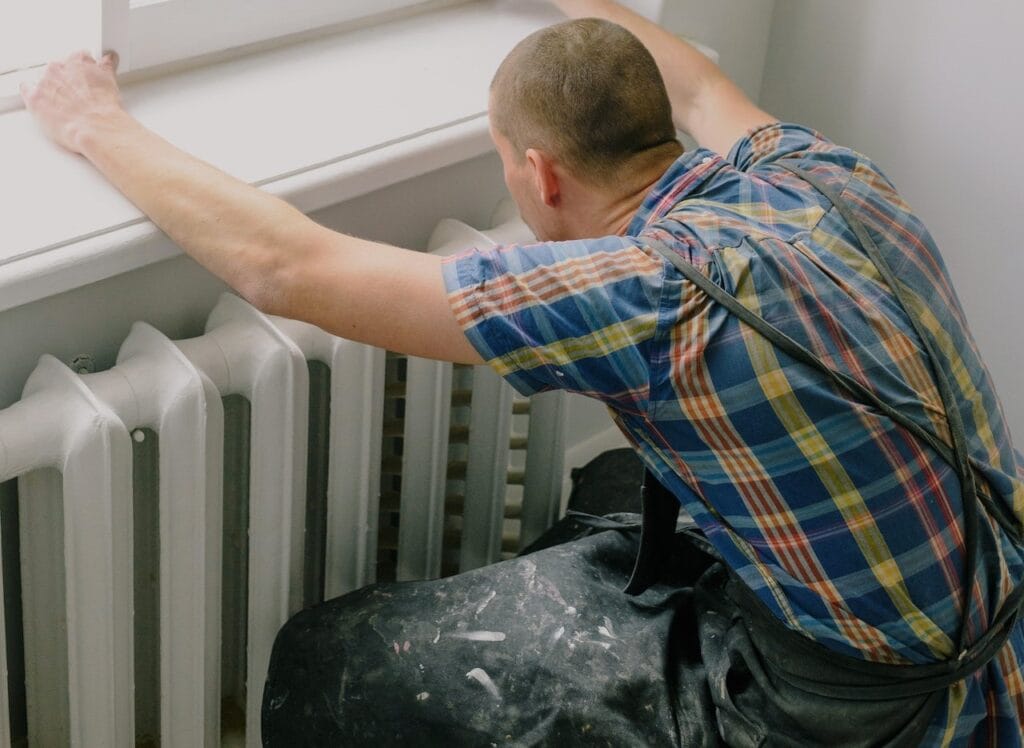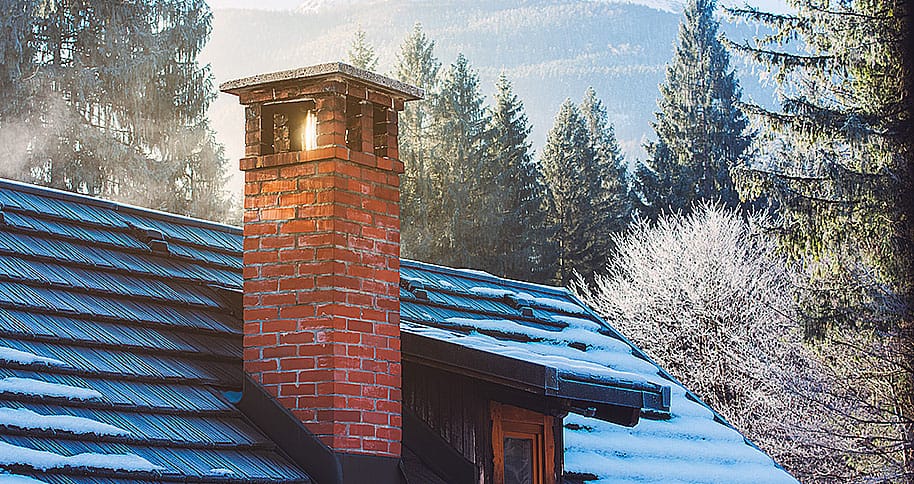The world of home and commercial heating might appear complex to those unfamiliar with it, but at its core, it’s all about ensuring comfort during the chillier times of the year. Heating, Ventilation, and Air Conditioning, more commonly known as HVAC, is a system that achieves precisely this, keeping indoor environments warm, cozy, and breathable. It is also important to call heating service repair from time to time to maintain the efficiency of the heating units.
The Core Principle of HVAC Heating
In this article, we’ll delve deep into the basics of HVAC heating systems to provide a clearer understanding of their significance, operation, and the types they encompass.
At the heart of an HVAC heating system is the transfer of heat. Simply put, these systems take heat from a source and distribute it throughout a designated area, ensuring a uniform temperature. This is done through a combination of furnaces, heat pumps, and boilers, which produce warmth, and a series of ducts or piping systems that distribute it.
Components That Make Up the HVAC Heating System
- The Furnace: Often the most significant unit in an HVAC system, the furnace’s primary role is to heat the air. Using fuel sources like gas, oil, or electricity, the furnace heats up the air, which is then pushed throughout the building or home via ducts.
- Heat Pumps: A versatile component, the heat pump can both heat and cool a space. During colder months, it extracts warmth from the outside air (yes, even cold air has some heat) or the ground and transfers it indoors. Conversely, in warmer months, it does the opposite by taking the heat from inside the house and releasing it outside.
- Boilers: Boilers use water as the medium for heat transfer. They heat water, turning it into steam, which is then distributed via pipes to radiators placed in different parts of the building. Once the steam cools down, it reverts to water and returns to the boiler for reheating.
- The Duct System: While not a heat generator, the duct system is crucial for heat distribution. This series of channels ensures that the warm air produced by the furnace or heat pump is evenly distributed throughout the space, providing consistent warmth.
Types of HVAC Heating Systems
HVAC heating systems can be categorized based on various criteria, including their energy source or their distribution method.
In terms of energy source, we have:
- Gas Furnaces: These are among the most common types, especially in colder climates. They rely on natural gas, making them a cost-effective option for many homeowners.
- Electric Furnaces: Using electric resistance coils, these furnaces might be more expensive to operate than gas ones, but they are often preferred for their safety and efficiency.
- Oil Furnaces: Less common than the previous two, oil furnaces use oil as fuel. They are prevalent in areas where natural gas isn’t readily available.
Considering the distribution method, there are:
- Forced Air Systems: These are probably the most common types of systems in modern homes. They use a blower to circulate air through ducts and into various rooms.
- Radiant Heating Systems: Instead of heating the air, radiant systems heat objects. This is often achieved through heated floors or panels.
- Steam Radiant Systems: These are slightly older systems where steam is produced in a central boiler and then piped to radiators.
Comparing the costs of different heat furnaces
When it comes to ensuring a comfortable home environment, especially during the cold winter months, a reliable furnace is indispensable. Yet, with a myriad of furnace types available in the market, understanding their cost implications becomes pivotal in making a sound investment decision. In this article, we delve into a comprehensive comparison of the costs associated with various furnace types, factoring in both initial purchase prices and long-term operational expenses.
Initial Investment: A Closer Look at Purchase Prices
- Gas Furnaces: Gas furnaces, predominantly powered by natural gas, are among the most common heating solutions in many homes. Their initial purchase price can vary significantly based on the unit’s size, brand, and efficiency ratings. On average, however, homeowners can expect to pay anywhere between $2,000 to $5,000 for a new gas furnace. It’s crucial to note that while the upfront cost might be steep, gas furnaces often offer competitive operational prices, especially in regions where natural gas is abundant and affordable.
- Electric Furnaces: Typically more compact than their gas counterparts, electric furnaces are renowned for their simplicity and safety. They use electric resistance coils to produce heat. The average cost of an electric furnace ranges from $1,000 to $2,500, making them generally less expensive to purchase than gas furnaces. However, their operational costs can be higher, depending on local electricity rates.
- Oil Furnaces: These are specially designed for homes without access to natural gas. Oil furnaces use oil as fuel, which is stored in a tank and periodically refilled. The cost of an oil furnace often falls between $2,000 and $6,000. The fluctuating price of oil can make these furnaces expensive to run, but in certain areas, they remain a necessary heating solution.
Long-term Operational Costs
- Gas Furnaces: As mentioned earlier, natural gas furnaces often prove to be economical in the long run, especially in areas where gas is readily available. On average, the annual operational cost of a gas furnace is between $500 and $1,500, influenced by factors like usage, maintenance, and local gas prices.
- Electric Furnaces: While their initial purchase price is often lower, electric furnaces can be costlier to operate. Depending on electricity prices in one’s region and the furnace’s efficiency, homeowners can expect an annual operational cost ranging from $1,000 to $2,500. It’s essential to weigh these recurring costs against the cheaper upfront price when considering an electric furnace.
- Oil Furnaces: Operating an oil furnace tends to be more expensive due to the cost of oil. Annual expenses can vary widely based on oil price fluctuations, but on average, homeowners might spend anywhere from $1,500 to $3,000. However, in colder climates where heating demands are high, oil furnaces can offer unparalleled warmth, making them worth the investment. You may sometimes need oil tank replacement services Huntington for proper functioning.
Considering Additional Costs
Beyond the furnace’s price and its operational costs, homeowners should also factor in potential additional expenses. Installation charges, which can range from $1,000 to $4,000, are paramount, especially for complex setups or if ductwork modification is required. Moreover, routine maintenance is vital for all furnace types to ensure optimal efficiency and prolonged lifespan. Annual servicing can set homeowners back by $100 to $300, but it’s a necessary investment to avoid more costly repairs down the line.
Conclusion
An HVAC heating system is an integral aspect of modern living, ensuring that homes and commercial spaces remain warm and comfortable, especially during the colder months. By understanding its fundamental components and how they operate, homeowners can make informed decisions about their heating needs, ensuring they select the most suitable system for their specific requirements. As technology continues to advance, we can expect even more efficient and versatile HVAC solutions in the future, continually improving the way we heat our spaces. So, if your heat pumps are not working properly this winter, call heat pump repair Port Jefferson right away to maintain efficiency.


